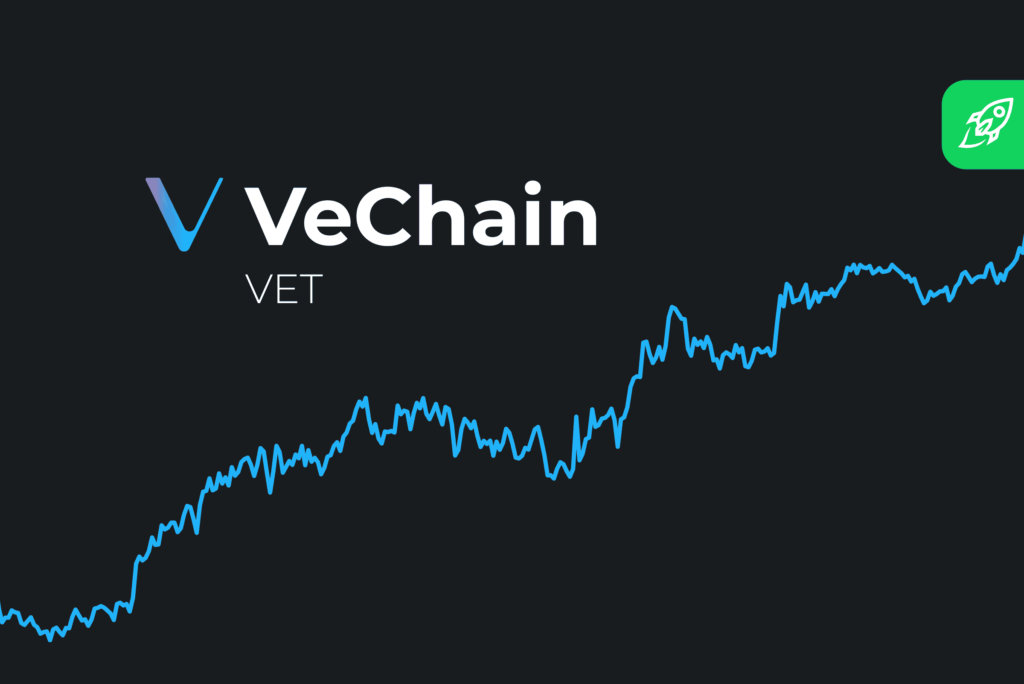In the fast-paced world of cryptocurrency trading, having effective strategies and techniques is crucial for success. This article explores VeChain trading strategies, providing valuable insights and practical tips for traders looking to navigate the VeChain market.

Fundamental Analysis for VeChain Trading
Fundamental analysis plays a crucial role in understanding the value and potential of VeChain for trading purposes. By evaluating VeChain’s partnerships, supply chain solutions, and market adoption, traders can make informed decisions about their trading strategies.

When assessing VeChain’s partnerships and collaborations, it is essential to consider the impact they have on the project’s value. VeChain has established strategic partnerships with various industry leaders, including PwC and DNV GL. These partnerships provide VeChain with credibility and access to a wide range of resources and expertise. Traders should monitor the progress and developments of these partnerships as they can significantly influence VeChain’s price movements.
Analyzing VeChain’s supply chain solutions and adoption is another crucial aspect of fundamental analysis. VeChain offers blockchain-based solutions for supply chain management, enabling companies to enhance transparency, traceability, and efficiency in their operations. By examining VeChain’s real-world applications and the level of adoption by businesses, traders can gain insights into the potential growth and demand for VeChain.
Keeping track of VeChain’s news and announcements is also vital for fundamental analysis. News events, such as new partnerships, major product releases, or regulatory developments, can significantly impact VeChain’s price. Traders should stay informed about these events and assess their potential implications for VeChain’s future prospects.
Technical Analysis Techniques for VeChain Trading
Technical analysis is a popular approach among traders for evaluating price trends, identifying entry and exit points, and managing risk. Several technical analysis techniques can be applied to VeChain trading to gain insights into its price patterns and make more accurate trading decisions.
Candlestick patterns and chart analysis are widely used in technical analysis. By studying the different candlestick patterns formed on VeChain’s price charts, traders can identify potential reversals, trend continuations, or consolidation phases. Patterns such as doji, hammer, and engulfing patterns can provide valuable information about market sentiment and potential price movements.
Support and resistance levels are essential technical indicators for VeChain trading. Support levels indicate price levels at which buying pressure is expected to outweigh selling pressure, potentially leading to a price bounce or reversal. Resistance levels, on the other hand, represent price levels at which selling pressure is expected to surpass buying pressure, potentially causing price pullbacks or trend reversals.
Moving averages and technical indicators are additional tools that can be utilized for VeChain trading. Moving averages help smooth out price fluctuations and identify trends. The 50-day and 200-day moving averages are commonly used to assess the long-term trend direction. Traders can also employ indicators such as the Relative Strength Index (RSI) or the Moving Average Convergence Divergence (MACD) to generate trading signals and confirm price trends.
Combining different technical analysis techniques can provide traders with a comprehensive view of VeChain’s price movements and potential trading opportunities. By considering both candlestick patterns and chart analysis along with support and resistance levels and technical indicators, traders can make more informed decisions and increase the probability of successful trades.
Psychological Aspects of VeChain Trading
Managing emotions is essential for effective trading. Greed and fear are common emotions that can influence decision-making and lead to irrational trading behavior. Traders should strive to maintain a disciplined mindset and avoid making impulsive trades based on emotions. Implementing and following a well-defined trading plan can help traders overcome emotional biases and make rational decisions based on analysis and strategy.
Developing a trading plan is a key aspect of successful VeChain trading. A trading plan outlines specific rules and guidelines for entering and exiting trades, managing risk, and defining trading goals. It helps traders maintain consistency in their approach and avoid impulsive actions driven by emotions. Traders should carefully design their trading plan, considering factors such as risk tolerance, timeframes, and profit targets.
Learning from trading mistakes is crucial for continuous improvement. Every trader experiences losses or unfavorable trades at some point. Instead of dwelling on past failures, successful traders analyze their mistakes, identify areas for improvement, and adapt their strategies accordingly. This process of self-reflection and learning helps traders refine their skills and enhance their overall trading performance.
Conclusion
As the cryptocurrency market continues to evolve, it is essential for traders to stay ahead of the curve and adapt their strategies accordingly. This documentary has provided a detailed exploration of VeChain trading strategies, covering fundamental analysis, technical indicators, and psychological aspects. By combining these insights with careful research and practice, traders can enhance their trading skills and increase their chances of success in the dynamic world of VeChain trading.







Leave a Comment
You must be logged in to post a comment.